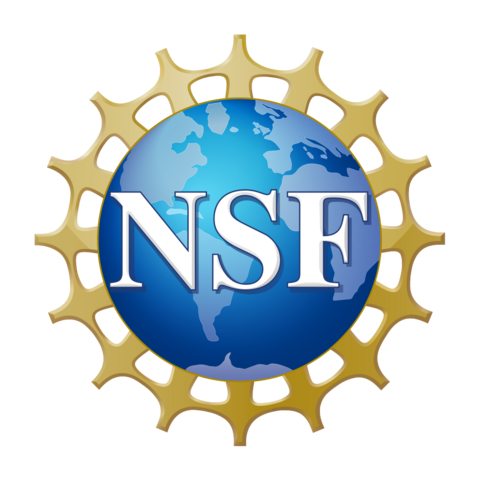Meet PICA! The Pelagic Instrumented Camera Array

PICA is a custom built towed camera and sensor package. Astrid Leitner and the Oregon State University CEOAS Machine and Technical Development group built and designed the frame and the custom deep sea camera and lighting system was built by the Sexton Company. Together PICA records marine underwater video data and a whole host of oceanographic measurements (Temperature, Depth, Salinity, Fluorescence, Turbidity, Oxygen). PICA is a digital fishing net – a non-extractive non-invasive way to observe and count deep and shallow pelagic organisms. PICA is mainly able to see organisms that are on the millimeter length scale: large zooplankton, jellies, tunicates, and all kinds of micronekton (fishes, squids, crustaceans). Micronekton are the key middle-players in the ocean food web. These mid-size animals are main prey items for animals we eat (for example tunas, swordfishes, rockfishes) and animals we strive to manage and protect (whales, seals, turtles, sharks, and more). While we traditionally sample this important community using nets, PICA endeavors to give us another perspective and tool to understand this trophic level.

This was the first time this custom instrument has been deployed off a large ship. We fly this system through the water much like we would a standard net. With a live serial data output we get realtime information from the sensors, including, crucially the depth. By carefully monitoring the amount of cable and the ship’s towing speed we can maintain specific depths and record who is living at what depth, at what time, in what numbers, and in what oceanographic conditions. This is crucial information that we need in order to effectively manage the species that feed on these animals. So far we have sampled at 500, 150, 100, 75, and 55 meters here just north west of the island of O’ahu.

Using satellite ocean color data we have been tracking a large surface phytoplankton bloom. With PICA we can see the high density of detritus or marine snow that is sinking as a result of this bloom.
Thanks to third mate Sophie Scopazzi for the lovely photos! Thanks to the captain and crew of the R/V Kilo Moana and the marine technicians without whom we would not be able to get our science done, and thank you to NSF for funding this UNOLS Early Career Chief Scientist Workshop and Expedition! This has been a phenomenal opportunity to test this brand new custom instrument for the first time.
